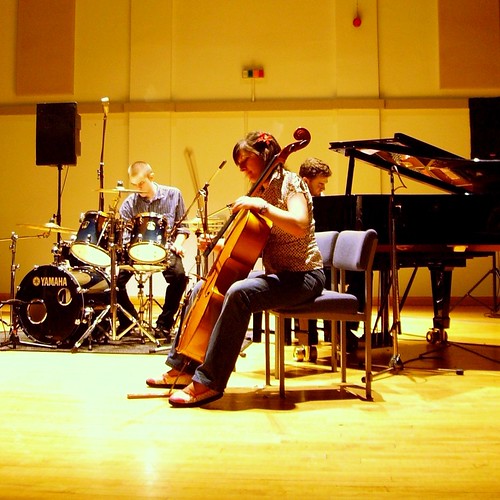In 1974 Elaine Murphy reported the condition that came to be known as “Cello Scrotum” to the British Medical Journal. The condition was supposed to be occur among cellists and was a painful complaint caused by their instrument repeatedly rubbing against their body. Well over 30 years later the originator admits that the condition was a just a hoax. BBC writes:
“Anyone who has ever watched a cello being played would realise the physical impossibility of our claim. “Somewhat to our astonishment, the letter was published.”
Baroness Murphy, formerly a professor at Guy’s and St Thomas’ Hospital in London, did not sign the 1974 letter herself, fearing that she might get into trouble. Her husband John, now chairman of a Suffolk brewery, signed it instead.
The reason for coming clean according to the Baroness was when the hoax was included again in the 2008 Christmas edition of the BMJ. Even though making up science is serious I just can’t stop smiling at this which feels more like a prank than the scientific fraud it is. It also goes to show that even well established journals are not to be trusted.
Rubbing the cello against the body causes “cello scrotum”? It makes you wonder how the editors of the BMJ thought the cello was played – or did they think it was something that cellists did after hours?
Cellist by St Stev (CC by-nc-nd)








